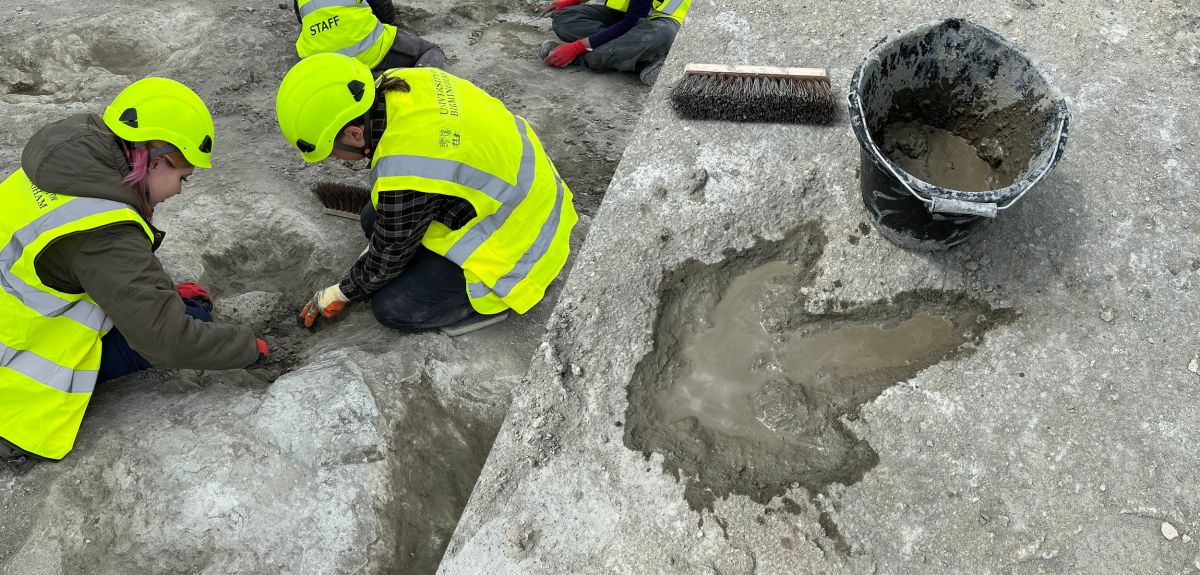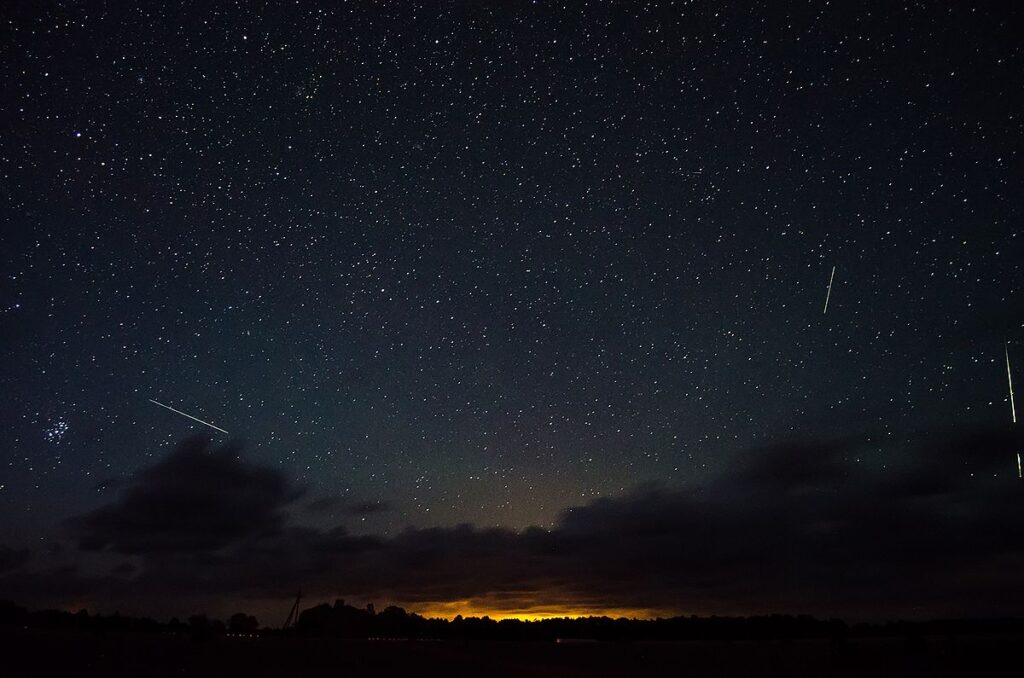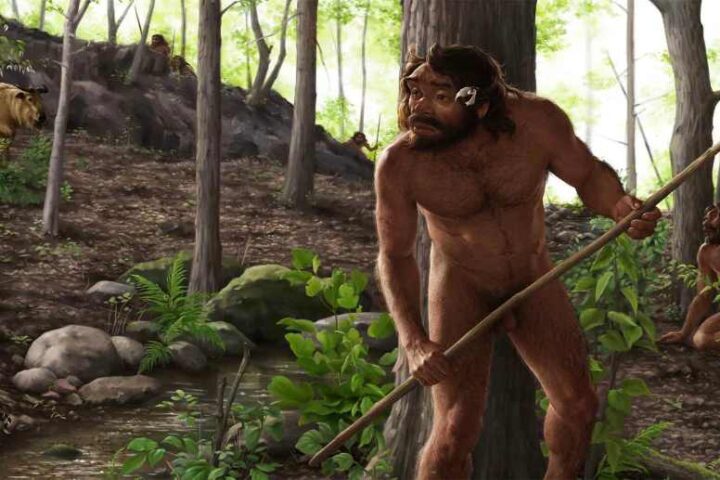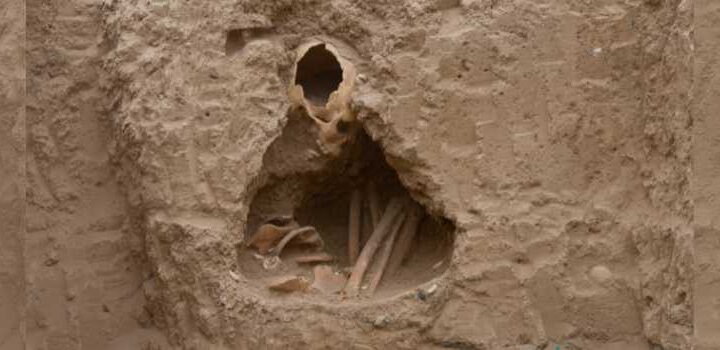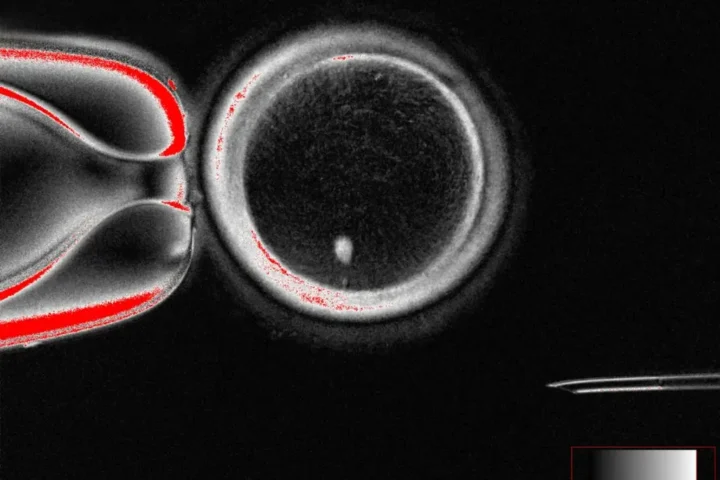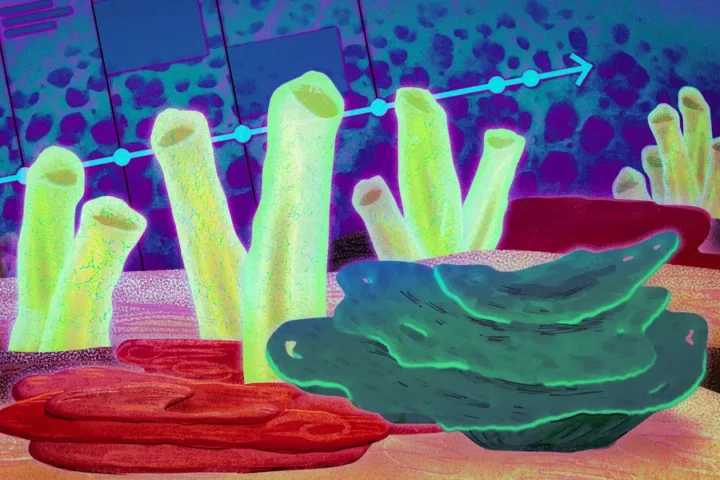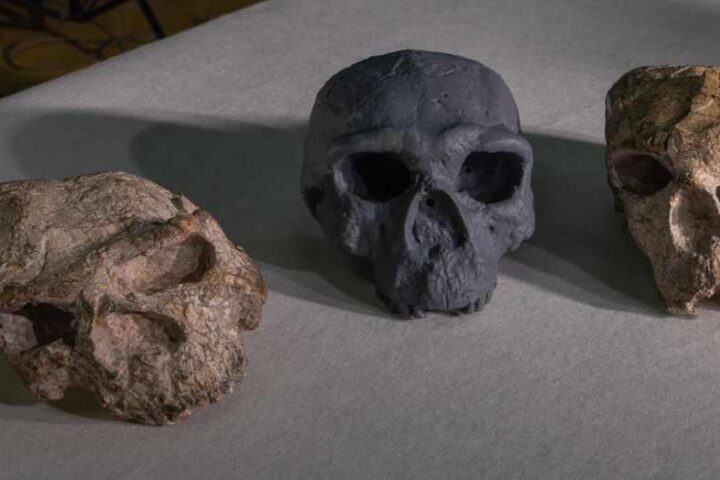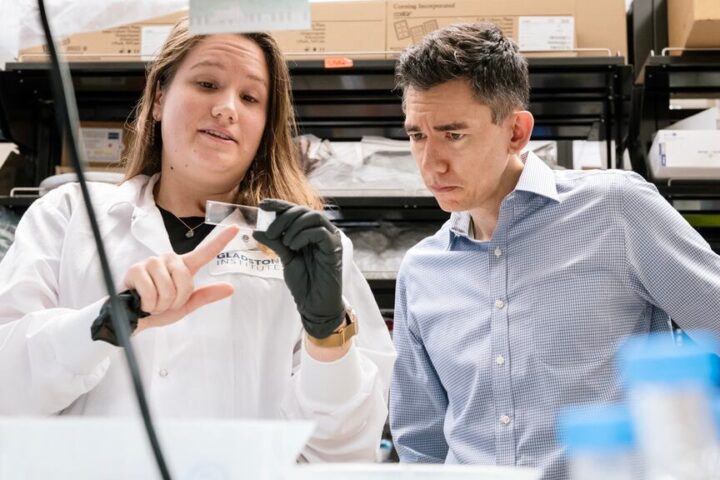A construction worker’s keen eye has led to the discovery of Britain’s largest dinosaur trackway site, offering an unprecedented glimpse into life 166 million years ago. The find includes about 200 footprints spanning 150 meters in an Oxfordshire quarry, providing new insights into how these ancient creatures lived and moved.
Gary Johnson, while operating his digger at Dewars Farm Quarry, noticed unusual bumps in the limestone floor. “I thought it’s just an abnormality in the ground,” Johnson said. “But then it got to another, three meters along, and it was a hump again, and then it went another three meters – hump again.”
The tracks are thought to reveal the movements of two dinosaur species: the massive plant-eating Cetiosaurus and the predatory Megalosaurus, measuring 6 to 9 meters long. Scientists believe these creatures left their marks while walking across what was then a tropical lagoon.
Professor Kirsty Edgar, a micropalaeontologist from the University of Birmingham, emphasizes the site’s significance: “This is one of the most impressive track sites I’ve ever seen, in terms of scale and size of the tracks. You can step back in time and get an idea of what it would have been like, these massive creatures just roaming around.”
The research team, comprising over 100 scientists, students, and volunteers, conducted detailed documentation of the site during summer 2024. They captured more than 20,000 photographs and created 3D models of both individual footprints and the entire trackway system.
One particularly fascinating area shows where a Cetiosaurus and Megalosaurus crossed paths. Dr. Emma Nicholls, a vertebrate palaeontologist from Oxford University Museum of Natural History, describes the Megalosaurus prints as “almost like a caricature of a dinosaur footprint” with three clearly visible toes.
The preservation quality allows scientists to study minute details about dinosaur behavior. “You can learn things about how that animal moved and exactly what the environment it was living in was like,” explains Professor Richard Butler, a palaeobiologist at the University of Birmingham. “These tracks give us information we can’t get from bone fossils alone.”
Similar Posts
The site’s remarkable preservation remains a mystery. “We don’t know exactly what, but it might be that there was a storm event that came in, deposited a load of sediments on top of the footprints, and meant that they were preserved rather than just being washed away,” Butler explains.
The discovery builds upon previous findings in the area from the 1990s, when researchers uncovered 40 sets of footprints. However, this new site offers unprecedented opportunities for study using modern technology, including detailed digital mapping and drone photography.
Scientists are now working with the quarry operators and Natural England to develop preservation plans for this important historical site. The trackways may extend further into unexplored areas of the quarry, suggesting the possibility of additional discoveries.
